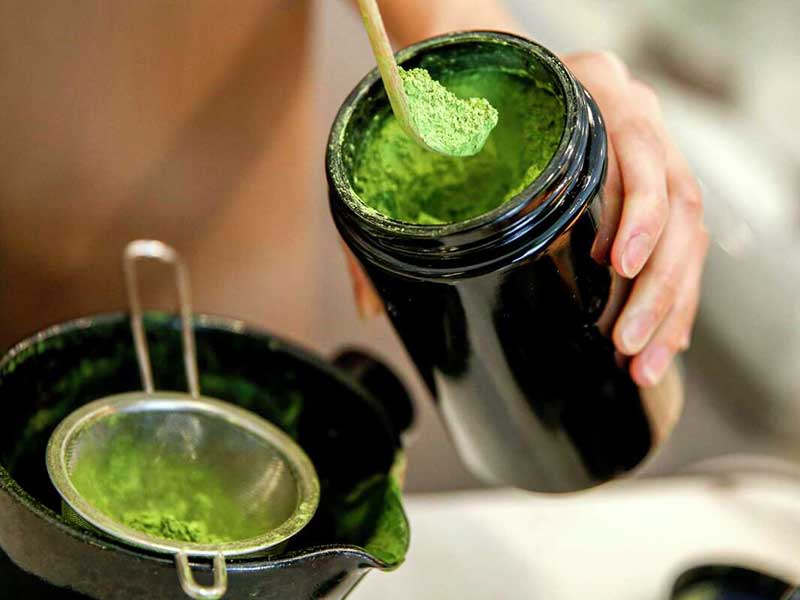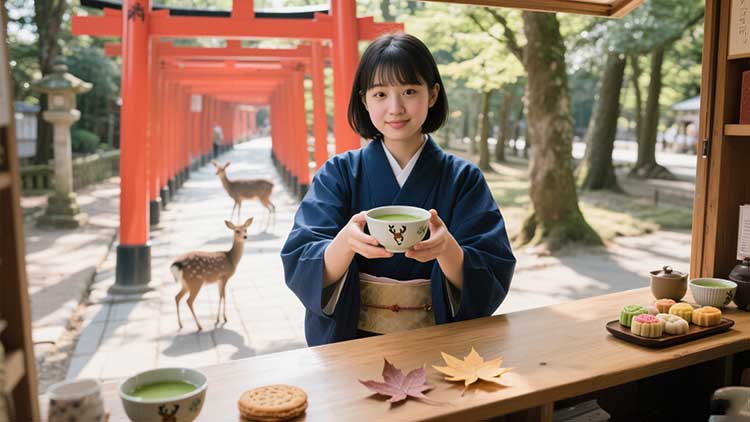When the first rays of sunlight pierce through the dawn in Uji’s matcha tea gardens, tender green tea leaves unfurl amidst the misty clouds. After meticulous plucking and grinding, these leaves transform into fine matcha powder, embarking on a fascinating journey within the food and beverage industry. From tea beverages to desserts, baked goods to emerging functional drinks, matcha powder, with its unique flavor, vibrant color, and rich nutritional content, has become a “star ingredient” in the food and beverage sector, constantly delighting consumers with surprises and delicious treats.
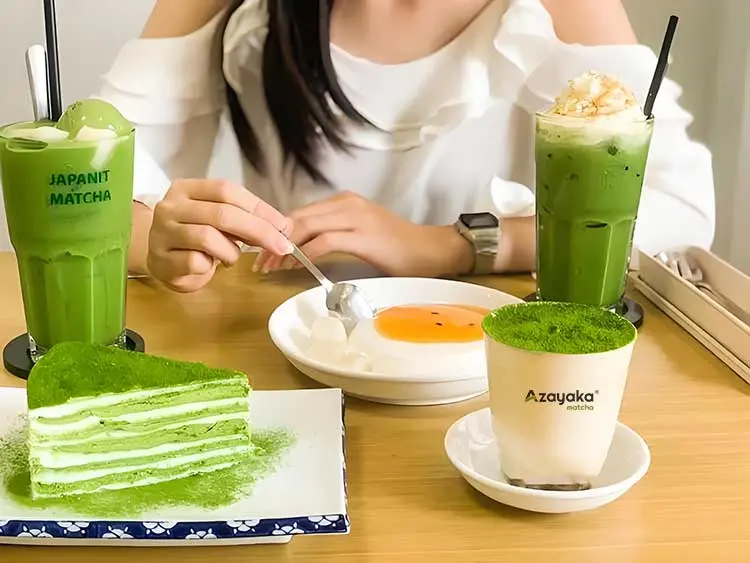
Matcha in Tea Beverages: A Blend of Freshness and Richness
The most classic application of matcha lies in tea beverages. In traditional Japanese matcha tea ceremonies, a chasen (a bamboo whisk) rapidly stirs matcha powder with hot water, instantly creating a dense layer of frothy bubbles. The refreshing and lingeringly sweet taste captivates countless enthusiasts. In the modern tea beverage market, matcha has truly come into its own. Matcha lattes perfectly combine the fresh bitterness of matcha with the rich creaminess of milk. The fine matcha powder disperses evenly in the milk, offering a silky-smooth texture where the aroma of tea and the sweetness of milk dance on the taste buds. Matcha milk tea, on the other hand, adds an extra layer of richness to the milky flavor, attracting numerous tea lovers with its complex taste profile.
When preparing matcha tea beverages, the quality of matcha powder directly determines the taste and overall quality of the drink. High-quality matcha powder should possess a strong, aromatic scent. Once brewed, the tea broth should exhibit a vivid emerald green color and a refreshing, savory taste. Moreover, the fineness of the matcha powder is crucial. Finer powder can disperse more evenly in liquids, preventing sedimentation and ensuring that every sip delivers a consistent matcha flavor. Additionally, based on different tea beverage recipes and consumer preferences, the proportion of matcha powder to other ingredients can be adjusted to create a diverse range of matcha tea products.
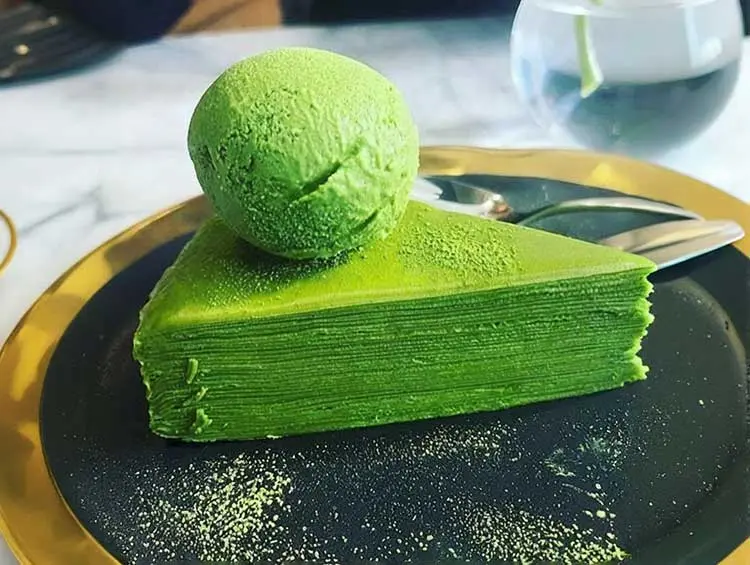
Matcha in Desserts: A Double Feast for the Eyes and Palate
In the realm of desserts, matcha powder is nothing short of magical. Matcha cakes are light, fluffy, and moist, with the delicate aroma of matcha emanating from the emerald-green cake layers. Paired with sweet cream, each bite unfolds a symphony of flavors in the mouth. Matcha ice cream is refreshing and smooth, with the intense matcha flavor melting on the tongue, providing a unique gustatory experience. Matcha mille-feuille, with its numerous layers evenly spread with matcha cream, offers an indulgent combination of rich texture and robust matcha flavor that is simply irresistible.
Beyond traditional cakes, ice creams, and mille-feuille, matcha powder has been incorporated into a plethora of innovative desserts. Matcha macarons have a crispy outer shell and a soft, chewy interior, where the slight bitterness of matcha balances perfectly with the sweetness of the filling. Matcha daifuku features a stretchy outer mochi layer encasing smooth matcha cream and fresh fruits, offering a delightful medley of textures. These matcha desserts not only win over consumers with their unique flavors but also their vibrant emerald-green hues, making them “internet-famous delicacies” on social media platforms.
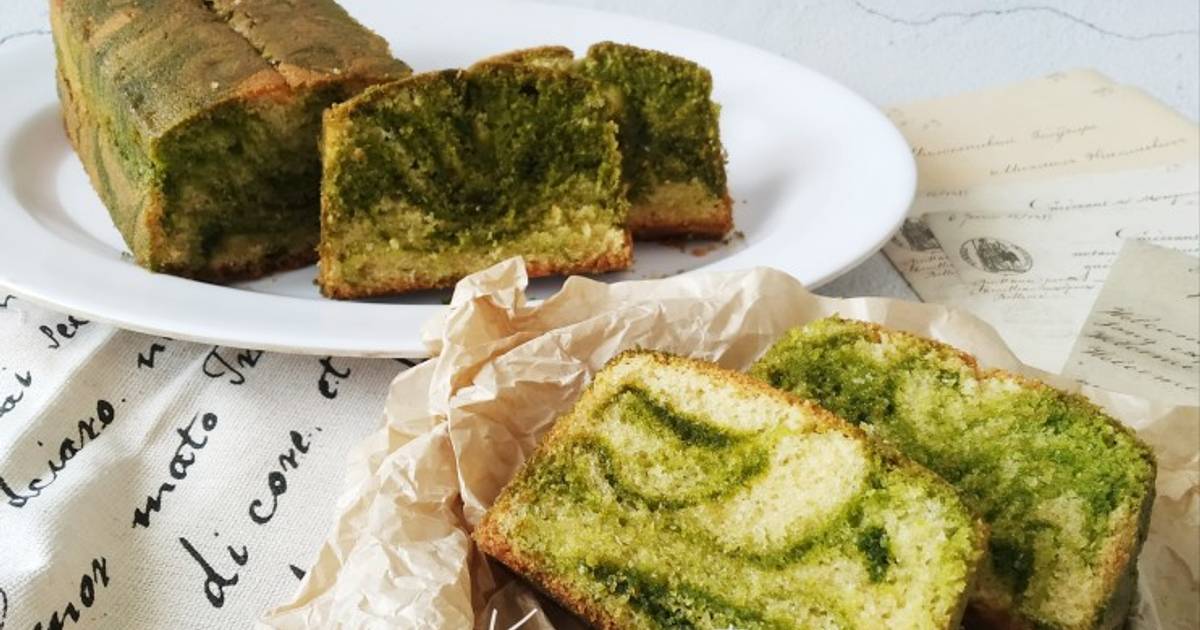
Matcha in Baked Goods: Adding Unique Flavor and Color
Matcha powder also plays a significant role in the world of baked goods. Matcha bread is soft and chewy, with the subtle aroma of matcha adding a distinct flavor profile. Matcha cookies are crisp and delicious, with the matcha fragrance wafting through the mouth with every bite. Matcha cookies, with their cute shapes and delicate texture, have become a beloved snack among consumers.
During the baking process, the addition of matcha powder not only imparts a unique flavor but also gives products an alluring emerald-green color. However, due to the characteristics of matcha powder, certain precautions need to be taken. For instance, the bitterness of matcha may intensify during high-temperature baking. Therefore, it is necessary to adjust the amount of matcha powder according to the characteristics of the product and consumer taste preferences. Additionally, the evenness of mixing matcha powder with other baking ingredients affects the taste and quality of the baked goods. Appropriate mixing methods and techniques should be employed to ensure that the matcha powder is uniformly distributed in the dough or batter.
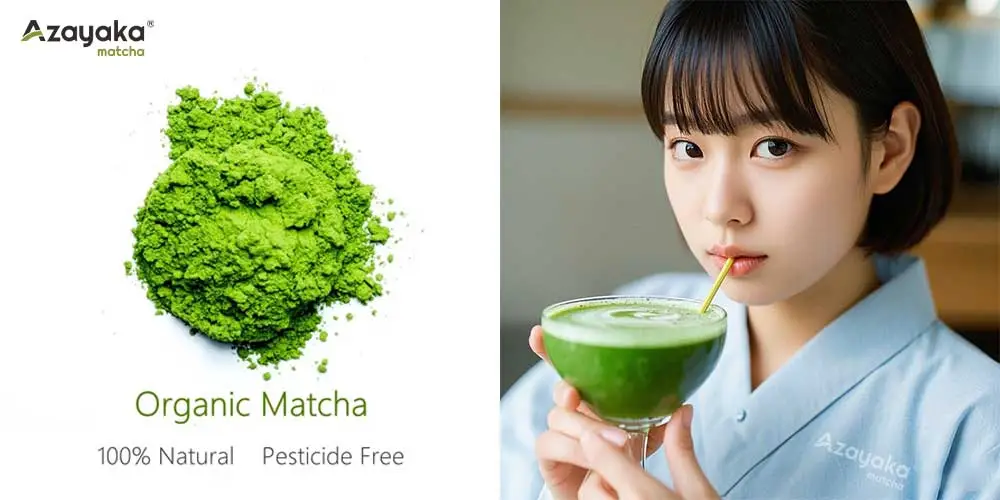
Matcha in Emerging Functional Drinks: The Fusion of Health and Flavor
With consumers’ growing focus on health, the market for emerging functional beverages has been steadily expanding. Matcha powder, rich in nutrients, has become a sought-after ingredient in this sector. Matcha is abundant in beneficial components such as polyphenols and L-theanine, which possess antioxidant properties, can boost alertness, and help relieve stress. By combining matcha powder with other functional ingredients like probiotics, vitamins, and dietary fiber, a variety of functional beverages with diverse health benefits can be developed.
For example, matcha probiotic drinks combine the refreshing flavor of matcha with the health benefits of probiotics. They not only satisfy consumers’ craving for delicious beverages but also aid in regulating the intestinal flora and promoting digestion. Matcha vitamin drinks, on the other hand, provide a unique matcha taste while supplementing essential vitamins. These emerging functional beverages not only meet consumers’ health needs but also attract younger generations with their novel flavors and packaging, becoming new favorites in the food and beverage market.
Key Considerations for Purchasing Matcha Powder
For professionals in the food and beverage industry, procuring high-quality matcha powder is essential for creating successful products. Flavor is the primary consideration during the purchasing process. Matcha from different regions has distinct flavor characteristics. Matcha from Uji, Japan, for example, is known for its elegant aroma and rich, savory taste, while matcha from Guizhou, China, also has its own unique flavor profile. Purchasers need to select matcha powder with a suitable flavor according to the taste preferences of their target consumers.
Color is equally important. High-quality matcha should display a bright, uniform emerald green. The color of matcha powder directly impacts the visual appeal of products, especially for tea beverages and desserts where visual presentation matters. Moreover, the dispersibility of matcha powder in liquids and its color stability cannot be overlooked. It is crucial to ensure that products maintain their attractive color throughout the shelf life.
Cost is a significant factor that influences the purchase volume and product pricing. Matcha powder varies greatly in price depending on its grade, origin, and brand. Purchasers need to comprehensively evaluate the purchase cost and expected profit while maintaining product quality. Strategies such as establishing long-term partnerships with suppliers and bulk purchasing can be employed to find the most cost-effective procurement solutions.
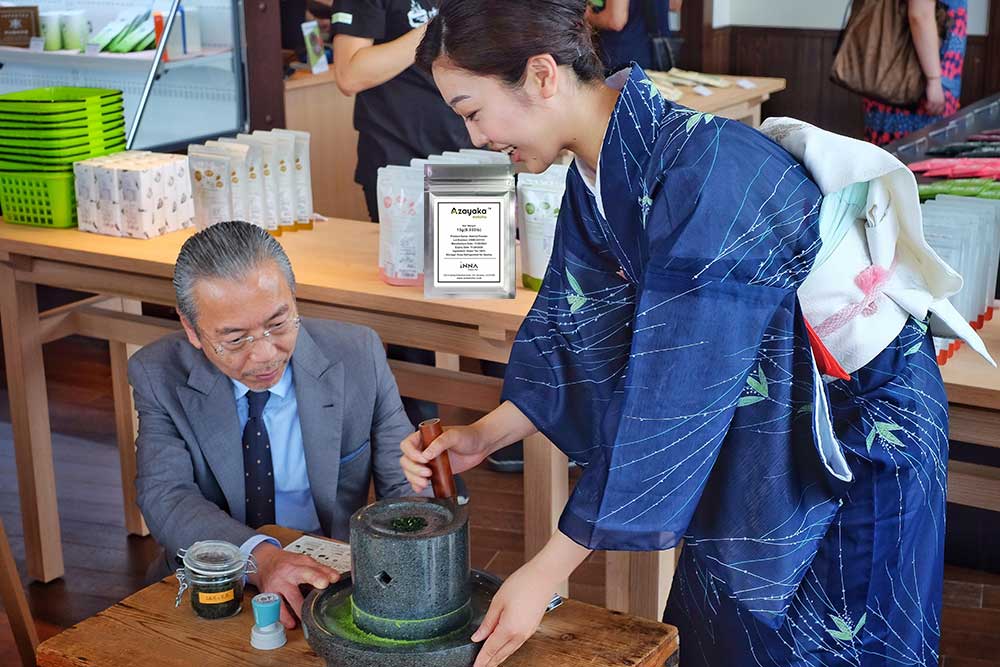
Development Trends of Matcha Powder in the Food and Beverage Industry
With the increasing demand for healthy and personalized food and beverages, the application prospects of matcha powder in the food and beverage industry are extremely promising. In the future, matcha products will evolve towards greater health consciousness, diversification, and personalization. In terms of health, further research will be conducted to explore the nutritional components and health benefits of matcha, leading to the development of more food and beverage products with specific health functions. In terms of diversification, matcha will be combined with a wider range of ingredients to create novel flavors and product forms. Regarding personalization, products will be tailored to meet the taste preferences and needs of different consumer groups, with customized matcha food and beverages becoming more common.
Furthermore, with the continuous advancement of technology, the processing techniques and quality of matcha powder will also improve, providing the food and beverage industry with more high-quality raw material options. At the same time, the concepts of environmental protection and sustainable development will gradually be integrated into the matcha industry. From tea garden cultivation to product processing, greater emphasis will be placed on environmental protection and sustainable practices, promoting the healthy development of the matcha industry.
The applications of matcha powder in the food and beverage industry are incredibly diverse. From tea beverages to desserts, baked goods to emerging functional drinks, it has charmed the taste buds of countless consumers with its unique allure. As the industry continues to develop and innovate, matcha powder will undoubtedly continue to shine brightly in the food and beverage field, bringing us more delicious delights and surprises.


